An 11 Month New Home Warranty Inspection Checklist
When you buy a new home, there’s an assumption that you’ll be free of major maintenance issues. Most of the time, this is true. However, just because a home is new, doesn’t mean that it’s guaranteed to be free of defects or issues that you can see. Additionally, changes in weather can both cause and reveal issues that weren’t visible when you first purchased the home. Keep reading for our 11 month new home warranty inspection checklist — which can also be applied as a 1 year new home warranty inspection checklist.
Thankfully, there’s a solution: the 11 month new home warranty inspection.
This common type of inspection takes place just before the builder’s warranty expires - so be sure to set a reminder on your calendar for 11 months from now at closing (or why not schedule it now?). It covers any defects from the builder and also any issues that might have arisen during your first year of home ownership; with a caveat that damage caused by neglect won’t be included. Normal wear and tear doesn’t usually qualify either.
Curious what’s covered? To some extent, it can vary from builder to builder. But there are some core issues that span across homes, regardless of where they may be located. No matter what, your 11th month warranty inspection is a crucial part of your home owning process.
Below you’ll find our 11 month new warranty home inspection checklist*. (Or, you can download the PDF now.)
One quick disclaimer though: many of these items should only be checked by a trained professional, like an interNACHI certified home inspector. This list is for your information only and we do not recommend homeowners to fully carry out inspections.
Exterior
Check for window damage and proper installation
Examine around doors and windows for appropriate paint and caulk or any signs of deterioration
Make sure weep holes are accessible
Check decks for good flashing
Check decks for any missing fasteners, or needed bolt adjustments
Look for proper and consistent paint application
Locate any damaged soffits or openings that pests can enter through
Check electrical outlets
Check plumbing fixtures
Roof
Look for any shingles that are loose or damaged (or even missing)
Check visible flashing
Check vents for installation and flashing
Inspect the drip edge for any rot or damage
Foundation & Drainage
Check any driveways and walkways for visible damage
Make sure grading slopes away
Inspect for signs of flooding
Garage
Test garage opener to ensure proper functioning, including all sensors and responses to resistance
Look for any water staining or signs of damage to the walls or ceilings
Check the water heater for any leaks and for a proper installation
Interior
Investigate windows for any deteriorated caulking, loose trim, leaks, or necessary adjustments (due to settling)
Check exterior doors for leaks
Inspect cabinets and appliances for functionality (Check out our appliance life expectancy chart to see how long they should last)
Check fans and light switches
Look for any nail pops or loose corner beads
Check for mechanical damage to countertops sustained during installation, cracks, or deteriorated caulking
Test fans
Bathrooms & Kitchens
Check for proper drainage in all drains (bathtubs, sinks, etc)
Check for functioning fans and vents
Test hot water at all faucets
Make sure toilets aren’t loose from the ground and don’t run continuously
Check for leaks under sink
Look for any cracks or damage in tiles
Attic
An attic is another place to be extremely careful. If you don’t feel comfortable, definitely don’t risk it.
Check for proper ventilation
Check for proper insulation
Look for any loose baffles or stains on sheeting that may indicate leaks
Inspect framing members for damage
Check for roof leaks
Locate any damaged trusses
HVAC
Check refrigerant lines for excess condensation
Inspect units for damage
Check that all units function properly and with correct temperature differentials when applicable
Electrical
We recommend having an electrician or your inspector handle this - getting shocked is no fun.
Test all outlets, GFCIs, and switches
Remove any motor driven appliances from dedicated circuits
Check for damage to ground faults, GFCI, or circuit interrupters
Plumbing
Test hot and cold water
Make sure that hot water is a left turn and cold water is a right turn
Check for appropriate water pressure
And that’s it! Many of these items you can check yourself, and report to your builder. Though, in most cases you’re better off getting a professional home inspector to do it for you. Not only for the sake of having an impartial 3rd party (this can help to expedite warranty repairs) who will spot things you might otherwise miss, but also for your safety.
Do you need an 11 month new home warranty inspection in DC, Maryland, or Virginia? In a position where your home warranty expires? Contact us or schedule your inspection online today. We do 11 month warranty northern va and in Clarke County and beyond.
And if you enjoyed this content, be sure to check back soon. We’ll be putting together a broader VA home inspections checklist to help your buying process.
*Please keep in mind that this list cannot be fully inclusive given the complexity and range of properties and issues present. No checklist is a suitable substitution for a proper inspection and nothing on this page should be construed as financial or legal advice.


